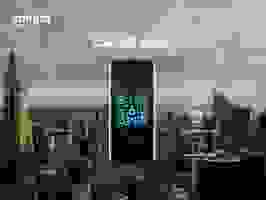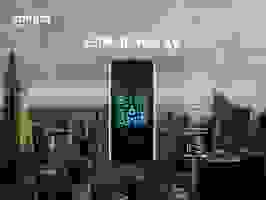Plan Your Visit to the Smithsonian National Museum of Natural History
What Is the Smithsonian National Museum of Natural History?
The Smithsonian National Museum of Natural History is one of the world's most visited natural history museums. It's a place where you can explore the wonders of the natural world, from dinosaurs to diamonds, and learn about the history of our planet and its diverse cultures. With millions of specimens and artifacts, the museum offers an unparalleled educational experience for visitors of all ages.
Where Is the Smithsonian National Museum of Natural History Located?
The museum is located in Washington, DC, at the following address:
Smithsonian National Museum of Natural History
10th Street and Constitution Ave NW
Washington, DC 20560
Getting There:
Public Transportation: The Smithsonian Metro Station (Blue, Orange, and Silver lines) is the closest station. Several bus lines also stop near the museum.
By Car: Limited street parking is available, but it's often difficult to find. Several commercial parking garages are located nearby. The museum is easily accessible from major roads and highways in the Washington, DC area.
For a seamless trip, visitors can plan their entire journey from flights, hotels, buy Smithsonian National Museum of Natural History tickets to local transport like car rentals or airport transfers using Traveloka, Southeast Asia’s leading travel platform.
What Is the Best Time to Visit the Smithsonian National Museum of Natural History?
Best Day: Weekdays are generally less crowded than weekends.
Best Season: Spring and fall offer pleasant weather and fewer crowds compared to the summer months.
Best Time of Day: Arriving shortly after the museum opens in the morning is the best way to avoid long lines and crowded exhibits.
What Are the Top Things to Do at the Smithsonian National Museum of Natural History?
Hall of Dinosaurs: Explore the world of dinosaurs with impressive fossil displays.
Hall of Ocean Life: See the iconic life-size model of a North Atlantic right whale and learn about marine ecosystems.
Janet Annenberg Hooker Hall of Geology, Gems, and Minerals: Marvel at the Hope Diamond and other stunning gems and minerals.
David H. Koch Hall of Human Origins: Discover the story of human evolution and our place in the natural world.
Insect Zoo: Get up close and personal with a variety of insects and arthropods.
Insider Tips for the Smithsonian National Museum of Natural History That Most People Don't Know
- Visit the Butterfly Pavilion early: The Butterfly Pavilion requires a timed ticket, and they often sell out quickly. Get yours first thing in the morning.
- Explore the Q?rius lab: This interactive science education center allows visitors to examine real specimens and conduct experiments.
- Take advantage of the free tours: The museum offers free guided tours on various topics. Check the schedule upon arrival.
- The Sant Ocean Hall has a hidden bioluminescence exhibit: Look for the dark room where you can see examples of bioluminescent sea creatures.
How to Prepare for Your Visit to the Smithsonian National Museum of Natural History
For Solo Visitors
Plan your route in advance and focus on the exhibits that interest you most. Take advantage of the free tours to learn more about specific topics.
For Couples
Explore the museum at your own pace and enjoy discussing your favorite exhibits. Consider visiting the Butterfly Pavilion for a romantic experience.
For Families with Kids
Plan for breaks and snacks. The Insect Zoo and the Hall of Dinosaurs are popular with children. Pick up a museum map and plan your route to keep everyone engaged.
How to Prepare for the Weather While Visiting the Smithsonian National Museum of Natural History
For a Hot, Sunny Day
Wear sunscreen and a hat, even if you'll be spending most of your time indoors. Stay hydrated by bringing a water bottle or purchasing drinks at the museum cafe.
In Case of Rain
The museum is a great place to spend a rainy day. Bring an umbrella or raincoat for getting to and from the museum.





















 Facebook
Facebook Instagram
Instagram Youtube
Youtube
